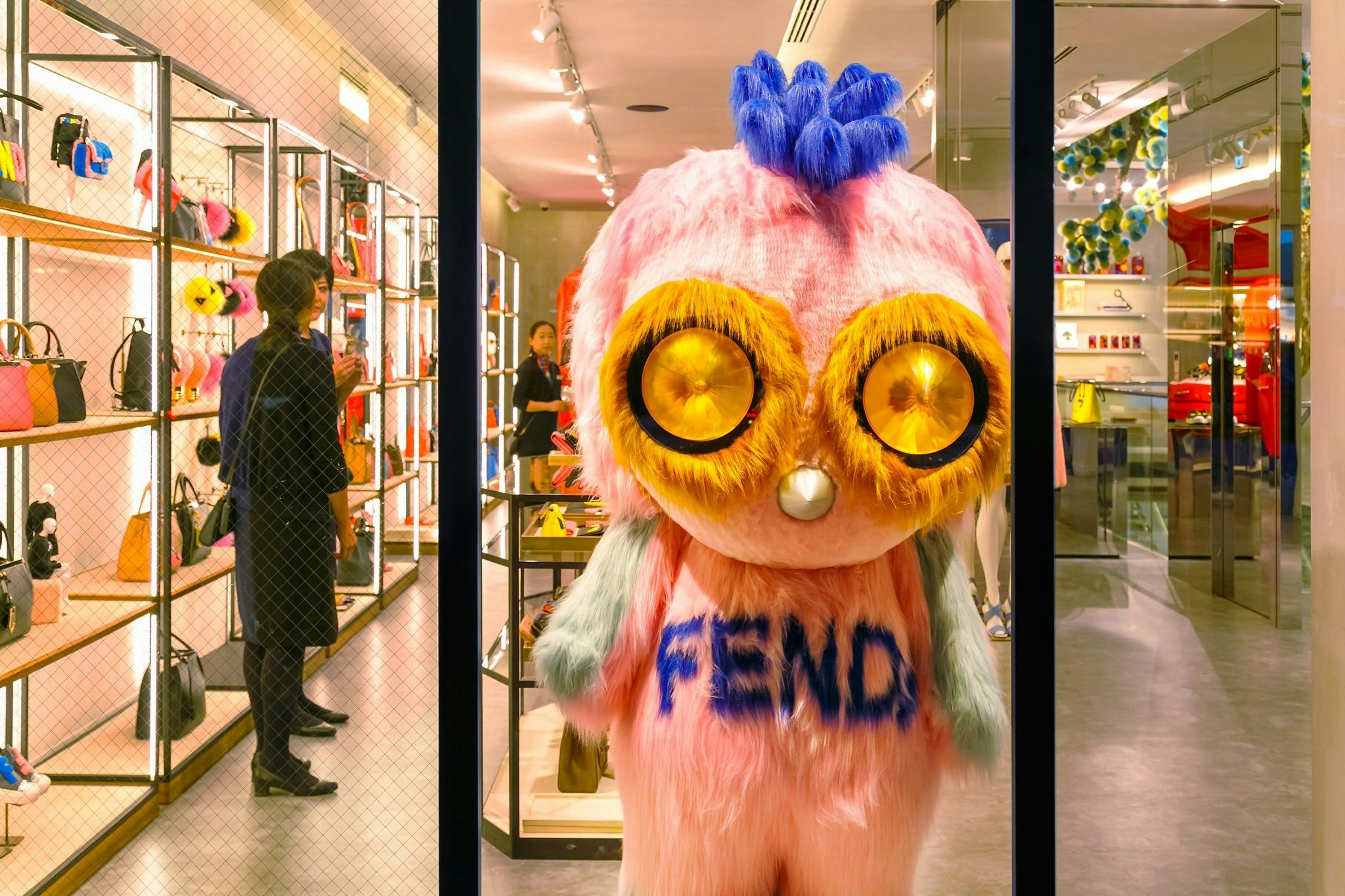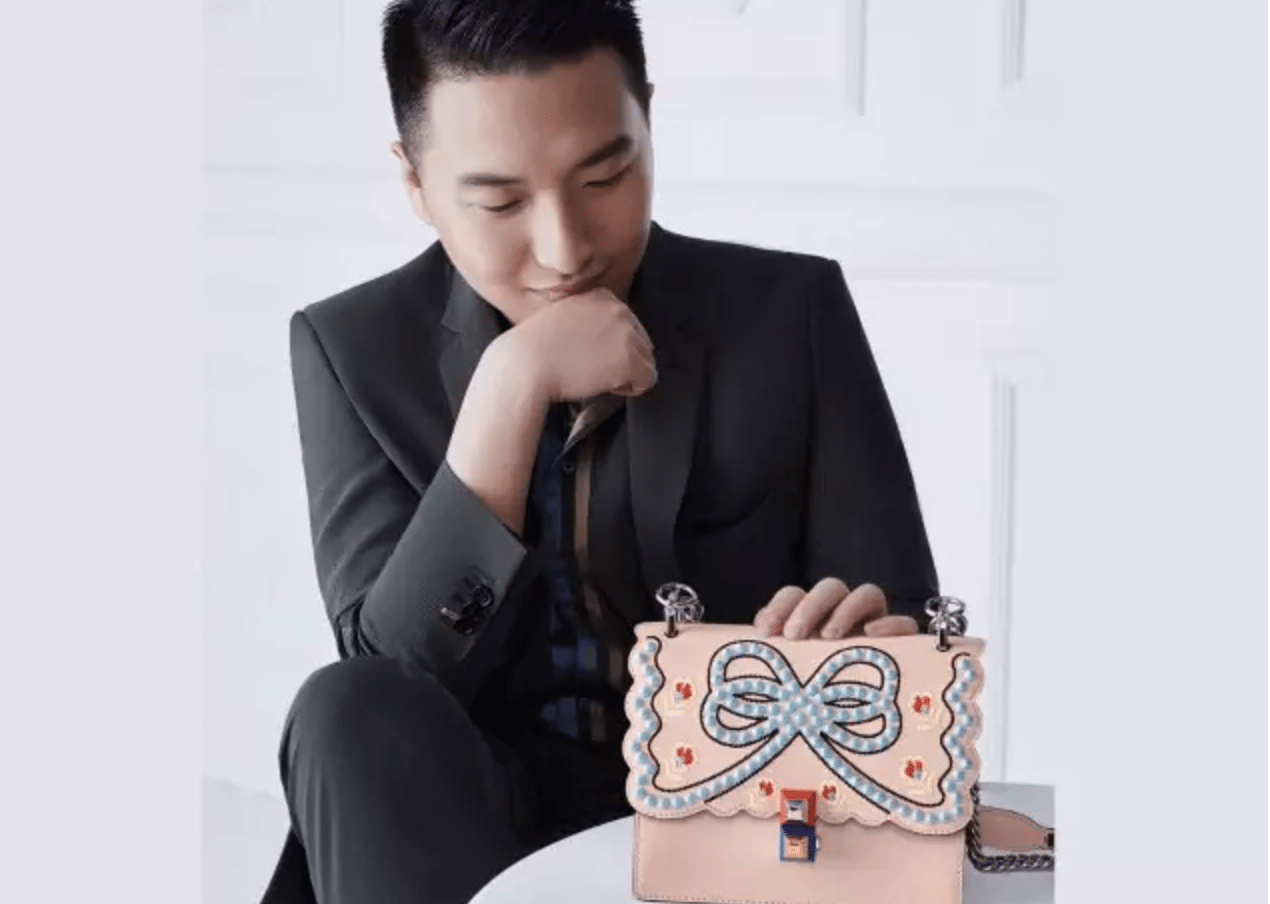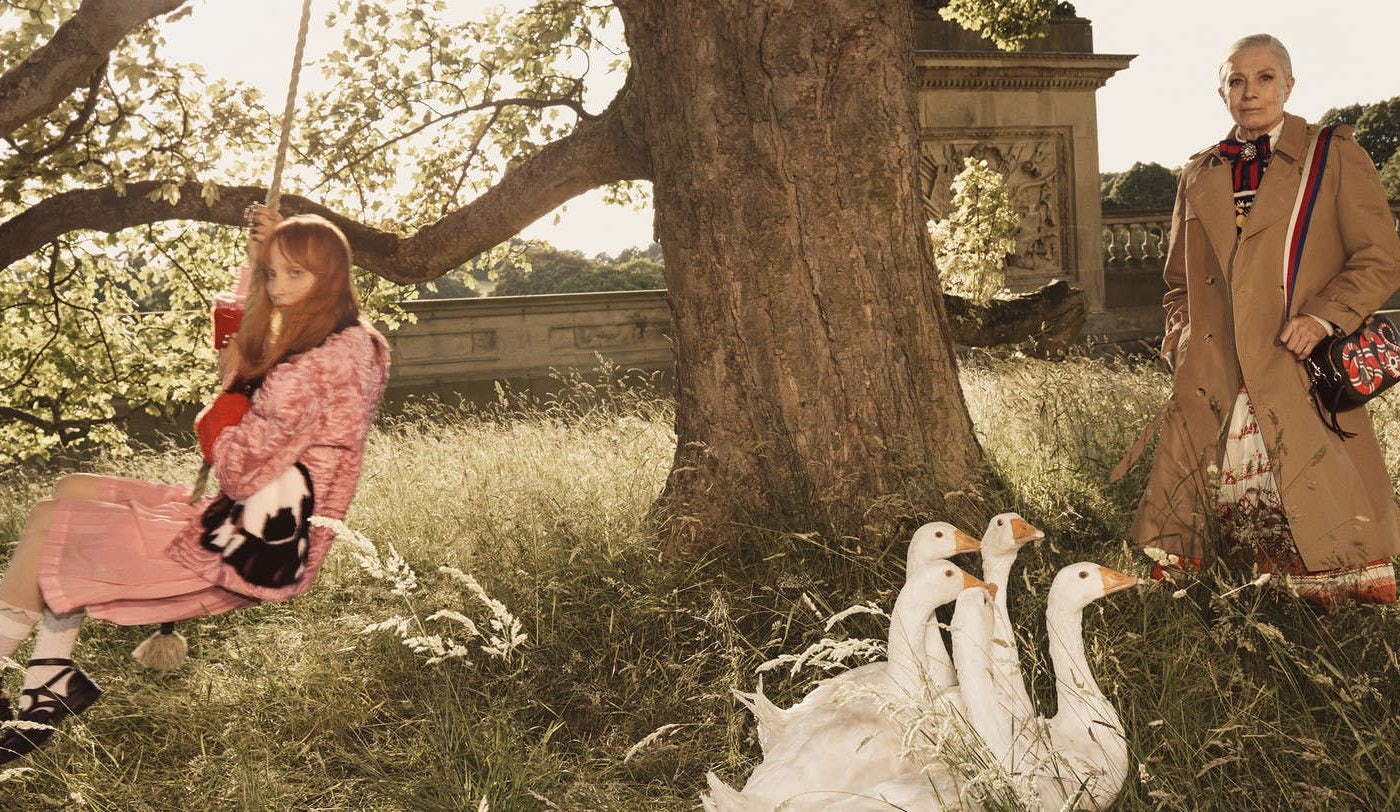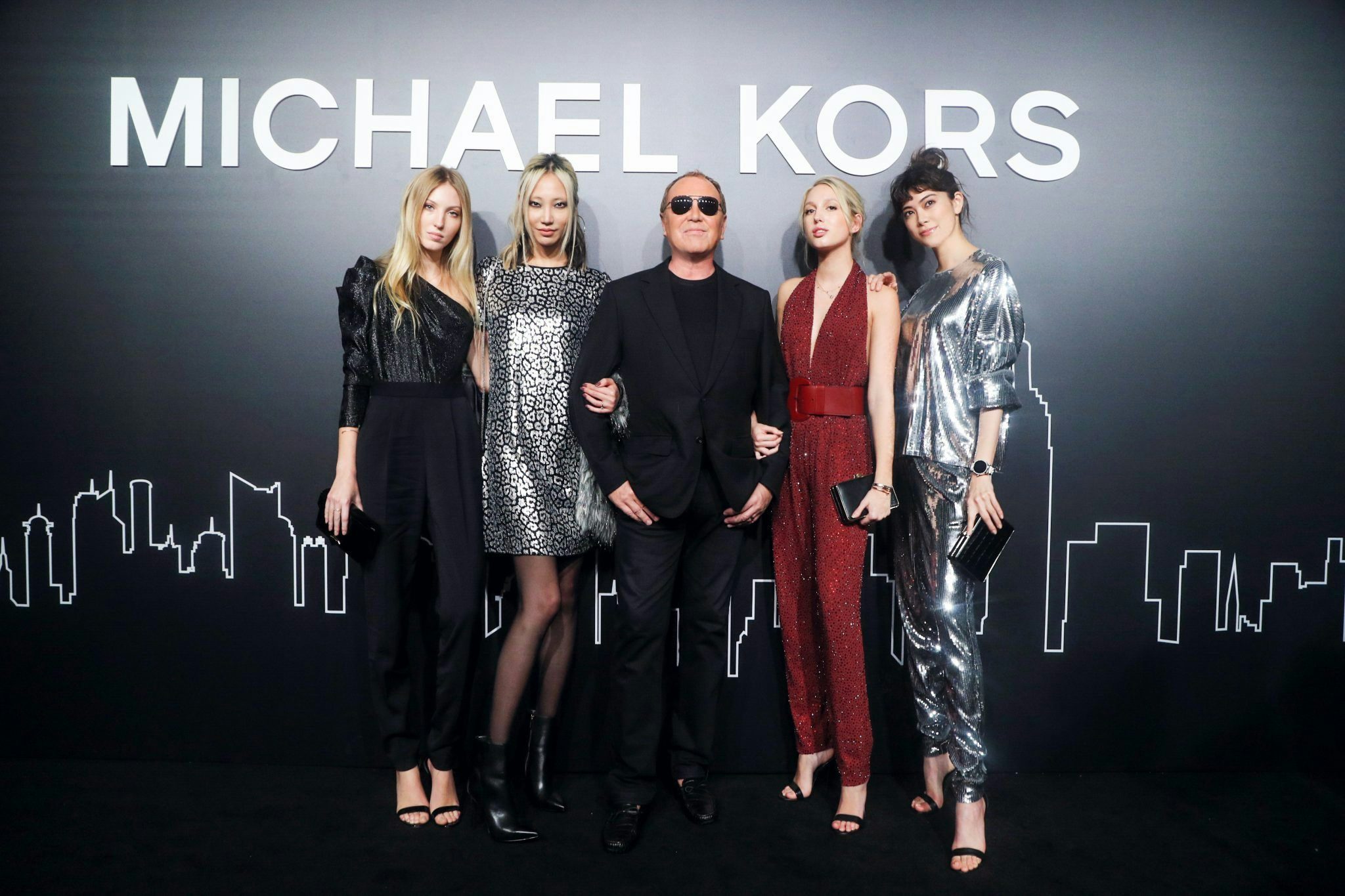Fendi’s latest fuzzy, bug-eyed bag charms have something in common with a growing number of Chinese shoppers: they’re both traveling to all corners of the globe. The Italian brand’s recent campaign video showcases six limited edition “Fendi Witches” taking a plane to China, Japan, the Middle East, Europe, the U.S., and elsewhere in Asia, where they do activities commonly (and stereotypically) associated with their travel destination. While aimed at an international market, the campaign featuring the adventurous accessories still prompts the question: what does it really take for a fashion brand to tap into the evolving psyche of the traveling Chinese luxury consumer?
In China, a country with the largest outbound tourism market in the world, the travel themed, animated campaign video appeared to have generally positive feedback and engagement on WeChat, with more than 14,000 views. It showcased symbols that consumers have likely seen over and over again: the Chinese Fendi Witch bag charm rides a dragon over the Great Wall, while the Middle East bag charm mounts a camel in the desert, and the American charm takes a cab ride in New York. On the surface, the tired motifs of the featured nations didn’t seem to bother many commenters on WeChat, many of whom were drawn to the alpaca fur bag charms’ “cuteness.” The video even touched a deeper level of engagement for others, with one user saying they would love to ride a dragon to work to beat the Beijing traffic.
While Fendi wasn’t available to comment on why they chose a travel-inspired theme for their campaign, it’s clear that many luxury brands marketing to Chinese consumers are taking into consideration that not only are Chinese shopping abroad, but their perception of luxury is changing.
“There is that move for affluent Chinese consumers away from tangible goods and into more experiential based purchases,” says Jonathan Smith, founder of Hot Pot Digital, which works with both luxury fashion and hospitality brands on their China brand strategy and digital marketing initiatives. “There’s definitely a prestige around positioning yourself as both globally minded and a global traveler who has great taste and is sophisticated.’”
Luxury fashion brands have been finding creative ways to speak to this worldly traveler for the last number of years. Sometimes, it’s because travel is a large part of their brand positioning—for example, Louis Vuitton, which makes high-end leather luggage along with its other fashion collections, created travel guides in 2015 that brought its consumers to luxury hotels, restaurants, and malls in destinations that have historical ties to the brand. In recent months, Gucci has jumped on the trend with a similar effort, this time bringing its young consumers to some of the key locales that inspired the brand’s creative director Alessandro Michele with a travel app. The app, which features a geolocation tool that allows the brand to engage consumers with exclusive discounts, was praised by Vogue magazine as being the result of the Gucci creative director truly understanding China’s millennial travelers.
Some brands, though, are intentionally more subtle when it comes to bringing aspects of travel into their digital marketing campaigns. Hot Pot Digital, for example, works with Mulberry on campaigns that showcase the brand’s British heritage in ways that both inspire aspirational Chinese travelers or form connections with Chinese consumers in mainland, but who feel an affinity for the brand’s inherent Britishness.
“When working with Mulberry, we don’t make the campaigns so explicitly about London as a travel destination, but we do use it as a backdrop for key social shoots, often with KOLs we have brought over for Fashion Week,” Smith said. “It’s more about exploring the spirit and the ethos of a uniquely English brand and using that to inspire campaign aesthetics,” Smith said. “So if travel is an inherent part of a brand’s messaging, then this needs to be leveraged. Likewise, if a brand has a certain provenance, then they absolutely need to be playing with that in their brand and campaign messaging to capture the interest of the globally-minded Chinese consumer. Bringing both together can lead to engaging output that brings the added advantage that consumers will then look to purchase in destination, close to the original provenance of the brand.
“It’s a great dinner party hour or cocktail story to say ‘I bought this Mulberry bag in London. I went to the flagship store and I spent an afternoon being looked after by the store staff,’” he added.
Michael Kors adopted this strategy in a campaign last year, tapping into Chinese consumers’ desire for experiences. The brand worked with Harper’s Bazaar China to create a video marketing campaign that featured two Chinese celebrities giving tours of their favorite hidden spots in New York, like record shops, cafes, and vintage boutiques—all while dressed head-to-toe in Michael Kors’ latest collection.
“The Fendi campaign stays quite close to fairly simplistic cultural stereotypes, for example, a camel in the desert represents the Middle East and a dragon and the Great Wall represents China,” Smith says. “The truly sophisticated and younger affluent Chinese consumer wants to go beyond these to really understand attractive global destinations and how they fit with their own self-image. What really appeals to them are things like going into a coffee shop in Brooklyn, or going on an art tour in Berlin, and experiencing cultural elements that are unique to modern culture in those cities. When the sophisticated and younger consumer cares about travel, it’s really about getting under the skin of the city.”
The takeaway? “Our recommendation is that any travel-themed campaign essentially trusts the sophistication of the Chinese consumer plays on those trends,” Smith says. “Chinese consumers are really switched on and those are the experiences that they want to engage with from global luxury brands.”



